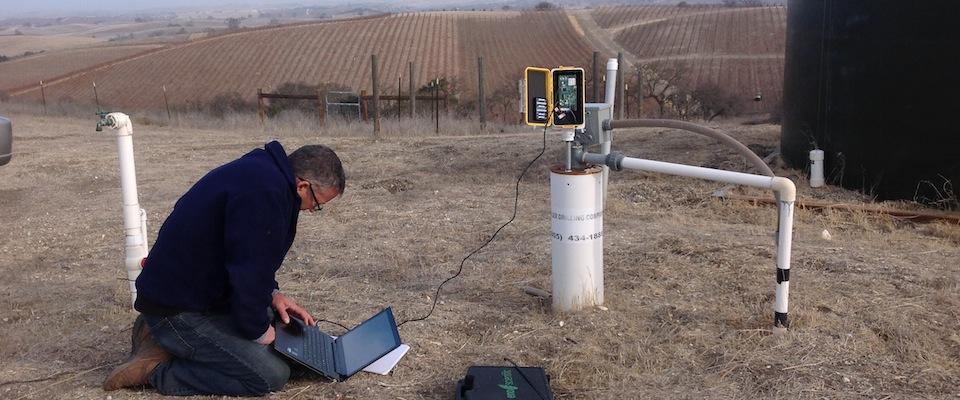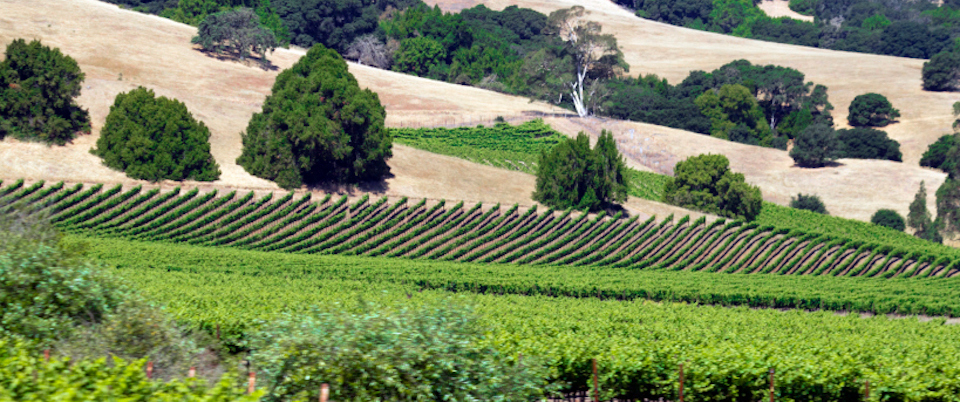It’s not enough that the drought is toasting our lawns to an unlovely shade of umber, turning our forests into tinder and threatening our salmon runs with extinction; now we have to worry about it causing earthquakes.
Well, only obliquely, and only to a small degree. It’s not so much that the lack of rain and snowpack is directly ratcheting up seismicity in the Golden State. Rather—according to a study published online in the journal Nature—temblor frequency seems on the upswing in Central California because of groundwater depletion. And our aquifers, of course, are recharged by precipitation (or not recharged, as is the current parched case).
Actually, the process has been going on for decades, rain, snow, or their lack, notwithstanding—ever since intensive agriculture began in the Central Valley, in fact. Before Euro-American settlement, the valley was a vast complex of wetlands and lakes. This created a high water table that “clamped” and stabilized the San Andreas Fault and auxiliary fractures. As the region was first drained, then exploited for groundwater, about 40 cubic miles of water were permanently removed from the San Joaquin Valley’s geophysical system. As the water table dropped, the land subsided accordingly. Simultaneously, freed of its burden of water (which weighs eight pounds to the gallon), the earth’s crust underlying the valley and its environs began to rise, a process known as isostatic rebound. This pushed—and continues to push—the surrounding coast range and Sierra Nevada skyward.
“Over the past 150 years, the southern Sierra has risen by about six inches,” observes Roland Burgmann, a UC Berkeley professor of Earth and planetary science and a co-author of the Nature report. “That’s a substantial increase in a very short amount of time, and it really can’t be accounted for by tectonic (plate movement).”
This landscape-scale rebound relaxes the downward tension of the San Andreas Fault, he explains, likely increasing the risk of quakes. Nature is partly responsible. “A certain amount of natural flexion occurs between winter and summer anyway,” he says. “In winter, when water tables usually are higher, our records show that earthquake hazard is slightly less than in late summer, when water tables are lower.” And the consequences of nature’s seasonal lows are exacerbated when humans extract more groundwater.
Even so, Burgmann takes pains to emphasize that the degree of increased quake risk is modest.
“It’s a difference, but not a huge difference,” he says. “Is it enough in and of itself to trigger a major quake? Probably not. It seems more of a contributing factor. If you were going to have an earthquake at a particular point a year from now, this might move up the event to six months.”
Groundwater has become a hot button issue in the state during the past couple of precipitation-poor years. Calls are increasing for more rigorous management of the resource. California is one of only two states (Texas is the other) that don’t comprehensively regulate groundwater. Instead, aquifers tend to be “managed” ad hoc and locally. The only significant regulatory backstop occurs when specific groundwater basins are found in serious overdraft, at which point the courts can intervene to distribute the water to the various stakeholders.
Too, groundwater long has been considered a hedge against drought in California. But as water tables continue to plummet due to the current and enduring dry spell, it’s an insurance policy that looks anything but sound. Further, land subsidence—the sinking that is the inevitable corollary of groundwater overdraft—is causing a host of headaches. Roads and subterranean water, sewage, oil, natural gas and chemical pipelines face ruptures from subsiding land. Potholes can open up, swallowing buildings.
Earthquakes, in other words, may be the least of any worries associated with groundwater depletion.
“The economic and environmental issues involving groundwater depletion and land subsidence are so much more pressing than seismicity,” says Burgmann. “Our findings are more relevant to academe than the policy sector. We need to be aware of any elevated seismic risk, of course, but we also need to keep things in perspective. We shouldn’t lose sight of the bigger picture.”




















